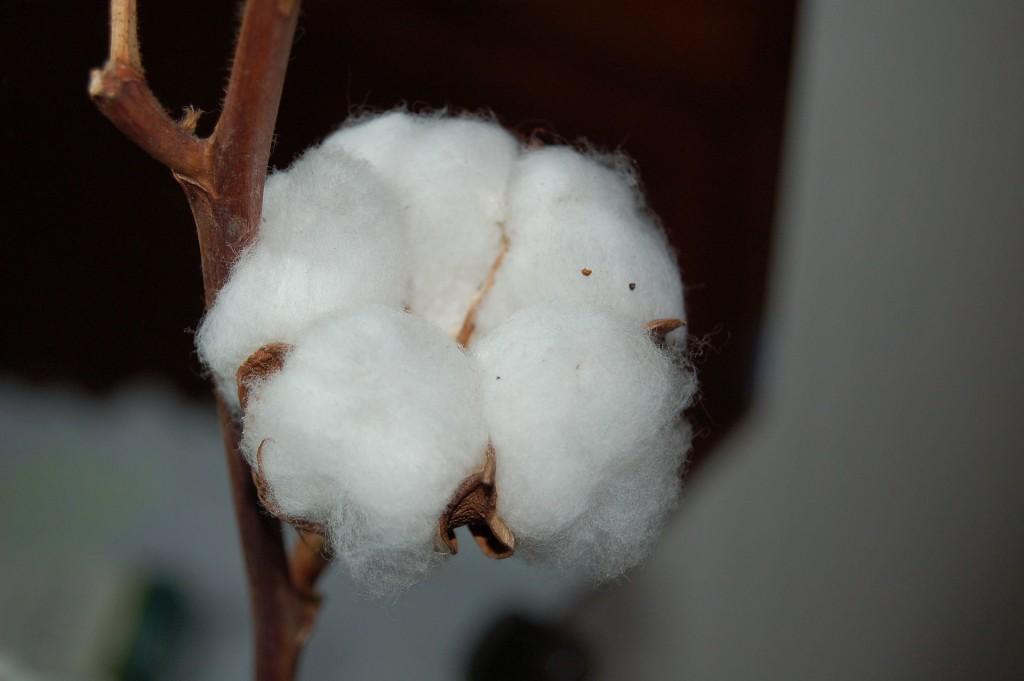
Photo: Creative Tools AB – image has been cropped
Cellulose — the most abundant organic polymer on Earth. It is found in the cell walls of green plants as well as within many different forms of algae. Cellulose is even secreted by some types of bacteria. While the construction industry today depends a great deal on the use of wood and wood products, which has a large negative impact on our environment, researchers in Sweden may be able to change the entire landscape of construction via a unique 3D printing technology, if things go as planned.
Today, it’s been announced that a collaborative project has been formed, called the +Project. With recent funding raised from the EU Structural Funds, in the amount of 17.6 million SEK (approximately $2.1 million), the project is now worth over 35.3 million SEK (approximately $4.25 million). The +Project, which is based at Sliperiet at Umeå Arts Campus, a part of Umeå University, aims to 3D print full-scale cellulose based material, with an ultimate goal of 3D printing cellulose houses.
“The idea of the project is to develop a technology that can be used in reinforcing the manufacturing industry in the region,” explains Marlene Johansson, director of Sliperiet. “For Sliperiet the project, entitled the +Project, is a part in the strategy of forming collaboration in an open and interdisciplinary innovative environment. Here, meetings and collaborations are created between various scientific areas and together with companies in the region.”
The +Project looks to target industries within the wood and construction sectors, as well as within design, architecture and even IT. It has goals of producing cellulose-based 3D printable materials which can be used to print everything from walls within a home, to simple weather-stripping, doors and even entire houses.
Starting now, companies and individuals who are interested, will be tasked with developing prototypes for products that can be used by local companies and other individuals, based on the regional infrastructure of raw materials available. The +Project is slated to run until sometime in 2018, at which time a World Expo will be held. Ideas can be shared, and hopefully if all goes as planned, we will begin to see homes being 3D printed out of the world’s most abundant organic polymer, in the very near future.
“There is already technology in place to print parts of houses in concrete, for instance,” explains Linnéa Therese Dimitriou, Creative Director at Sliperiet. “Now, with this project, the region is one step closer to the front edge in the area of digital manufacturing and so-called mass-customization. This opens up for incredibly exciting future opportunities for the regional forest and construction industry as well as for regional raw material.”
It will definitely be interesting to see how this project evolves over the next few years. Is this the technology and construction material of the future? It very well may be.
What do you think about the possibilities of 3D printed cellulose based houses? Discuss in the 3D Printed Cellulose House forum thread on 3DPB.com.
Subscribe to Our Email Newsletter
Stay up-to-date on all the latest news from the 3D printing industry and receive information and offers from third party vendors.
Print Services
Upload your 3D Models and get them printed quickly and efficiently.
You May Also Like
Consolidation in AM: How 2025 Is Shaping the Industry’s New Normal
The first half of 2025 has been marked by a clear shift in the additive manufacturing (AM) industry. Companies are no longer just focused on developing new tech by themselves....
Etsy Design Rule Change Reduces Selection of 3D Printed Goods
Online marketplace Etsy has implemented a rule change requiring all 3D printed goods on the site to be original designs. The update to the site’s Creativity Standards states, ¨Items produced using...
U.S. Congress Calls Out 3D Printing in Proposal for Commercial Reserve Manufacturing Network
Last week, the U.S. House of Representatives’ Appropriations Committee moved the FY 2026 defense bill forward to the House floor. Included in the legislation is a $131 million proposal for...
Transforming From Tourist to Native: Duro CEO Michael Corr Explains Why the Company Rebuilt its PLM Software on AI
In these early innings of the AI boom, many market analysts have expressed concern that AI spend has gotten too far ahead of the technology’s proven ability to deliver significant...


































